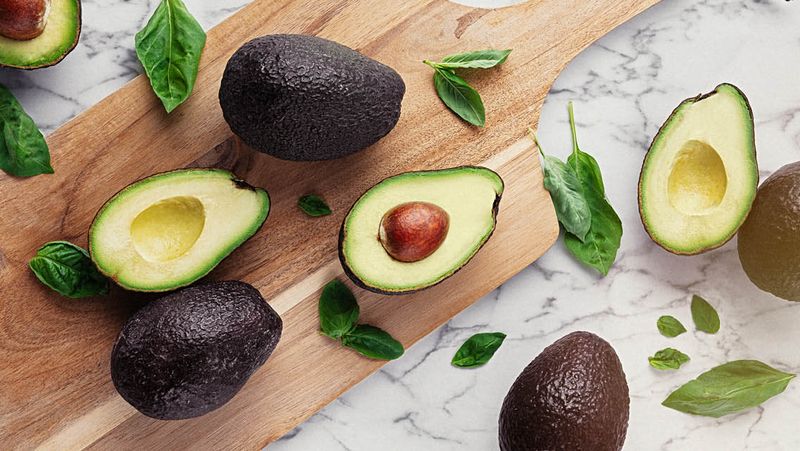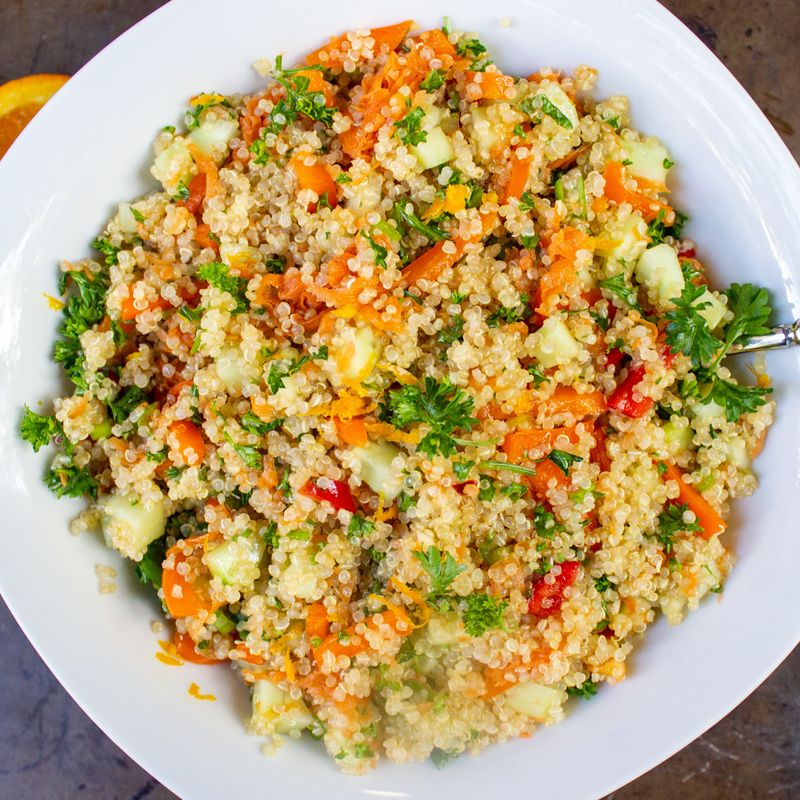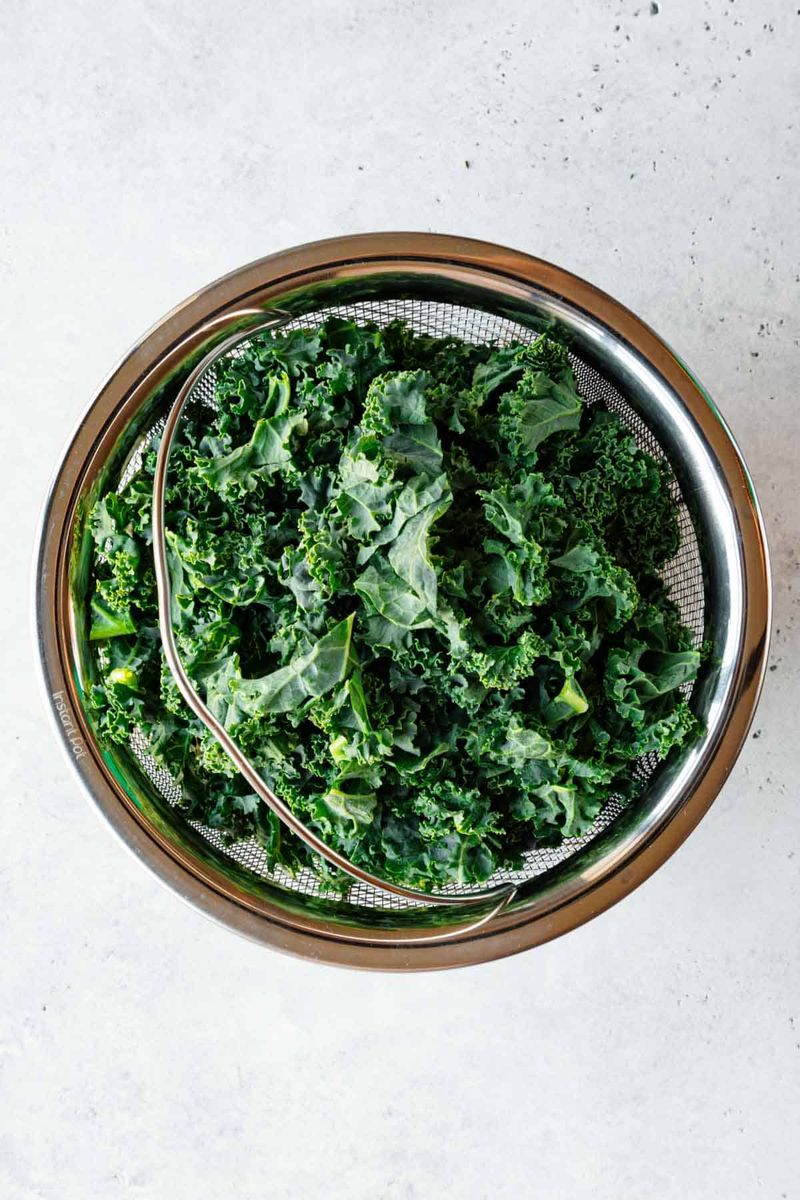8 Foods That Were Unknown 30 Years Ago, But Now Found In Every Grocery Store

In the past three decades, our grocery lists have transformed dramatically. Foods that were once considered exotic or unfamiliar have now become common staples in households worldwide. This shift reflects broader changes in global cuisine, wellness trends, and the democratization of food culture. Today, we explore eight such foods that were practically unheard of 30 years ago but are now found in every grocery store.
1. Avocados (Especially Hass Avocados)

Thirty years ago, avocados were far from mainstream outside of certain U.S. regions. Today, they have become a beloved staple across the country. The rise of avocado toast and the popularity of guacamole have made this fruit a cultural icon. In wellness circles, avocados are lauded for their healthy fats and versatile culinary uses. Their creamy texture and rich taste make them a favorite addition to salads, sandwiches, and smoothies. Once limited to California and Texas, avocados are now available year-round, becoming a symbol of the evolving American palate.
2. Quinoa

Quinoa, an ancient grain from the Andean region, was virtually unknown in the United States three decades ago. Today, it’s a staple for health-conscious individuals seeking plant-based protein and fiber. Its nutty flavor and fluffy texture make it a versatile addition to salads, bowls, and side dishes. Quinoa’s rise to fame is linked to the growing interest in gluten-free diets and whole grains. Once an obscure crop, it is now cultivated worldwide, reflecting a broader trend towards healthy eating. Its adaptability in recipes has secured its place in modern kitchens.
3. Kale

Once a mere garnish at buffet tables, kale has ascended to superfood status in recent years. Its journey from obscurity to fame is marked by its nutritional powerhouse reputation. Rich in vitamins A, C, and K, kale is celebrated for its health benefits. It’s a key ingredient in smoothies, salads, and even chips. The trend towards healthful, nutrient-dense foods has propelled kale into the spotlight. Its hearty texture and slightly bitter taste add depth to dishes, making it a favorite among chefs and home cooks alike.
4. Sriracha

Before the 2000s, spicy sauces were common, but Sriracha exploded into the culinary scene with its unique Thai-style chili garlic flavor. Known for its tangy kick, it quickly became a favorite condiment in the U.S., adding heat to a variety of dishes. From noodles to eggs, Sriracha’s versatility is unmatched. Its distinctive taste and bright red color make it easily recognizable. As food trends embraced bold flavors, Sriracha found its way into everything from ketchup to mayonnaise, solidifying its place in kitchens everywhere.
5. Hummus

In the 1990s, hummus was a hidden treasure in specialty Middle Eastern markets. Today, it is a refrigerator staple found in diverse flavors and styles. Known for its creamy texture and rich taste, hummus is made from blended chickpeas, tahini, lemon, and garlic. Its appeal lies in its versatility as a dip, spread, or even a main dish ingredient. The rise of plant-based diets has boosted its popularity, making hummus a go-to for those seeking healthy snacks. Its expansion into global cuisine is a testament to changing palates.
6. Almond Milk

Thirty years ago, soy milk was the prominent plant-based milk, but almond milk rose to fame in the early 2000s. Known for its subtle nutty flavor and creamy consistency, almond milk quickly became a favorite among those seeking dairy alternatives. Its low calorie content and lactose-free nature have contributed to its popularity. As consumers became more health-conscious, almond milk found its way into smoothies, coffee, and cereals. Its presence on grocery shelves reflects a larger trend towards plant-based diets and sustainable food choices.
7. Greek Yogurt

Traditional yogurt has long been a staple, but Greek yogurt’s thick, creamy texture and high protein content set it apart. It gained popularity in the U.S. in the late 2000s, becoming a billion-dollar industry. Loved for its versatility, Greek yogurt is enjoyed as a snack, breakfast, or cooking ingredient. Its tangy taste pairs well with both sweet and savory dishes. As health trends emphasized protein-rich foods, Greek yogurt emerged as a champion. Its cultural roots and nutritional benefits have made it a favorite in households.
8. Chia Seeds

Chia seeds were once known only for Chia Pets, but today, they are celebrated as a superfood rich in fiber and omega-3s. Their ability to swell and form a gel-like consistency makes them ideal for puddings and smoothies. Chia seeds’ neutral taste allows them to blend seamlessly into various dishes, enhancing texture and nutrition. As wellness trends embraced functional foods, chia seeds gained prominence for their health benefits. Their journey from novelty item to dietary staple reflects the evolving landscape of modern nutrition and dietary preferences.
